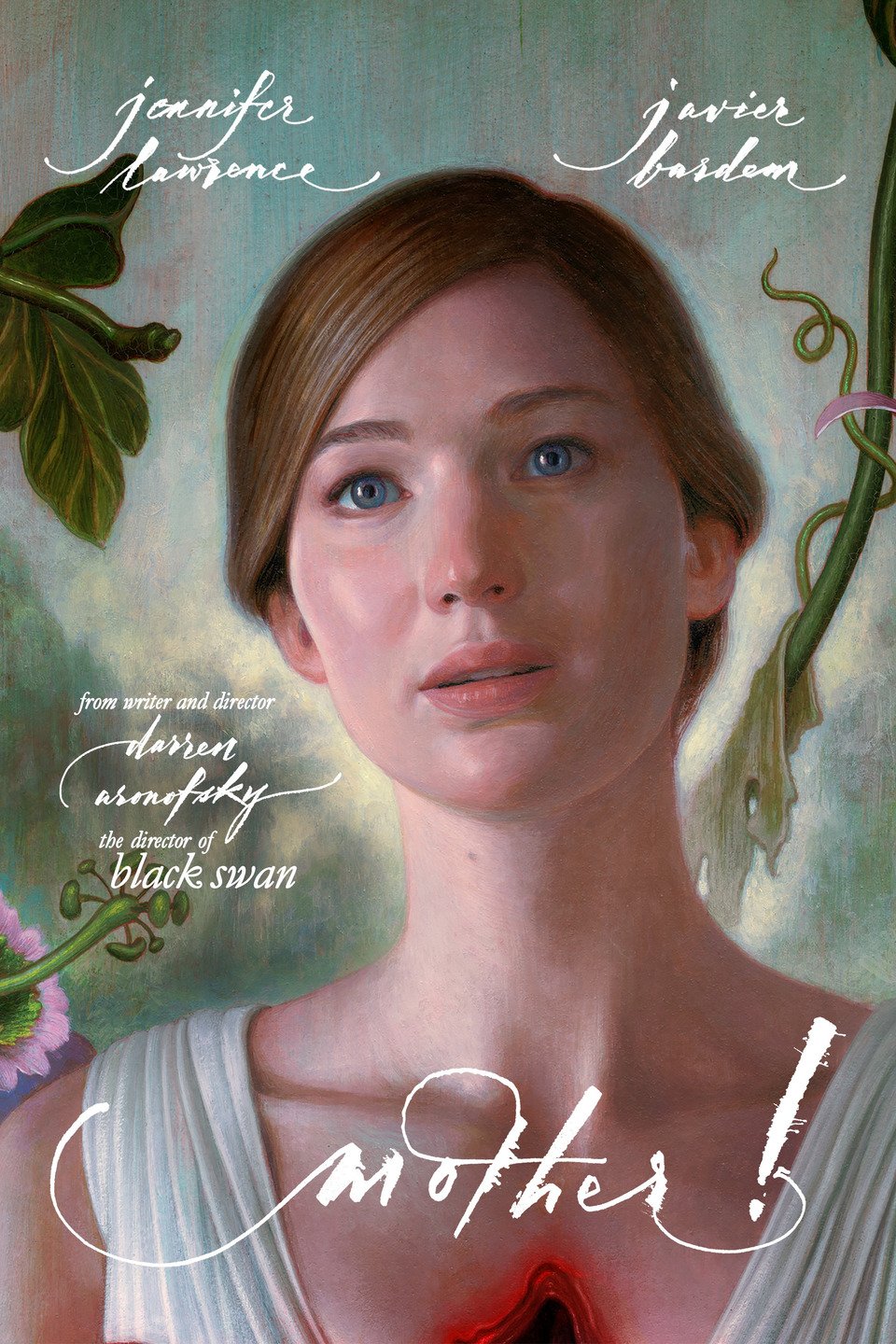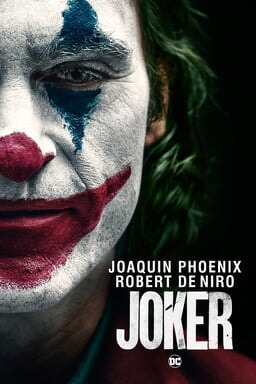Mystery: The cause of the conflict usually left for the viewers to interpret until the very end of the film. This helps to create a lot of the tension films in this genre rely on. By making the viewer follow the characters as they unravel a mystery, it assists in maintaining immersion.
 |
frame from: Silence of the Lambs
Character: Hannibal Lecter
suffers from: Anti-Social Personality Disorder
|
Mental Illness: There is usually a character that has some sort of mental illness, adding that element of internal conflict to the story. It helps to explore the darker parts of the human mind as this characters mental illness is usually given some sort of exposition. It adds a level of intrigue as the average viewer is most likely not suffering from the same mental illness as the character, creating curiosity and suspense as to how this illness may affect the characters actions, and whether or not it'll be helpful or hurtful to the journey.
Criminals and Unreliable Narrators: These element goes hand in hand with the mystery element, seeing as films within this genre usually involve solving the mystery of a crime that's been committed, following a narrator who may be deliberately lying or twisting how events truly occurred, or the characters are present as a crime takes place cause the movie to follow the psychological trauma said crimes may impose on the characters. Crime also plays a huge role in character designs. Films in this genre may include a criminal as a main antagonist or as an important part of the plot. The unreliable narrator also helps to keep the viewer guessing as to what the true story may be, and if they'll ever find out about it. The reveal of this character also serves to add to the paranoia the genre is trying to create.
Major Plot Twists: This element serves the purpose of keeping viewers on their toes as they follow along with the story. The goal is to defy the expectations of the viewer and keep them from being able to predict the outcome. It is the reason films in this genre are very easily ruined by spoilers seeing as the main point is to be surprised by the twists and turns the story, and it's characters take. It also helps to solidify that feeling of paranoia and suspense.
Production Techniques
Camera/Shot Techniques: Slow push ins, zooms, and dolly zooms are often used to draw focus towards important elements of the story that may come into play later. They are also used to create suspense as a character reaches a conclusion or comes to a realization. These elements help to create the suspenseful and mysterious atmosphere of the films. Low angles and high angles are often used to display the power struggle, balance, or imbalance between characters. They may help make the antagonist seem more powerful or illustrate a fight between two characters trying to get the upper hand. Close-ups are also used to illustrate claustrophobia or to show an emotion a character is feeling.
Sound: Non-Diagetic eerie or unsettling music usually tends to be in the background of scenes that are supposed to be tense in these types of films. These sounds help to create a sense of dread as the audience is made aware that something important is about to happen. Although, some movies in this genre take advantage of the absence or sound in order to make the audience feel uncomfortable.
Mise-en-scene: The setting usually takes place somewhere familiar such as a home or a city. In doing so, it helps to draw the focus less on the setting and more on the characters themselves. It also help to draw in that idea that familiarity doesn't necessarily mean safety. Mirrors and reflective surfaces are often used as props to showcase an internal struggle within a character, or to focus on the character's feelings. The contrast between dark colors and bright colors is also often used to create a juxtoposition between the antagonists and protagonists.
Editing: Quick editing is often used in psychological thrillers to create a sense of disorientation, or in moments with hightened emotions. Shot/counter shots are also often used to demonstrate struggles between characters, whether it'd be the protagonists and antagonists, or protagonists against each other. Psychological thrillers are also backlash heavy as these help to provide context as to a characters backstory, or to highlight an important moment within the plot. They also help to make the audience feel closer to the characters as they learn more about them.
Marketing
The audience for these films usually consists of young adults. This is likely due to this demographic being more inclined to understand the mind behind the mayhem. With true crime growing in popularlity, psychological thrillers following that same vein tend to market towards the young adult true crime audiences.
This genre also tends include the faces of it's characters in posters, usually displaying an emotion of some kind, really emphasizing the psychological part of a psychological thriller, seeing as the story normally relies more on the trauma it's characters experience.
Trailers often involve some sort of narration from a character, leaving out important details of the story in order to draw viewers in to seeing the movie. They also tend to start off with mundane situations before given teases and hints at the end of a broader mystery.
Samples
Silence of the lambs
The film, Silence of the Lambs, is about journalist Clarice Starling who, with the help of genius psychiatrist and psychopathic cannibal Hannibal Lector, attempts to unravel the mystery surrounding a serial killer on the loose. During dialogue scenes between Clarice and Hannibal there is heavy use of close-ups and shot/counter shots to demonstrate a struggle for control of the conversation between the two, as Clarice tries to gain valuable insight, and Hannibal tries to gain his freedom from prison.
Nightcrawler
The film, Nightcrawler, depicts a stubborn man by the name of Louis Bloom trying to find a job, and eventually finding success in the tv industry documenting breaking news. The movie uses a lot of low level lighting given that most of it takes place at night, creating an eerie, unwelcoming atmosphere. The character of Louis Bloom is also often depicted using low angle shots to de
monstrate his ability to manipulate others into giving him what he wants. The movie is also keen on using silence as a way to build tension and make the audience feel uncomfortable.
Other Examples











